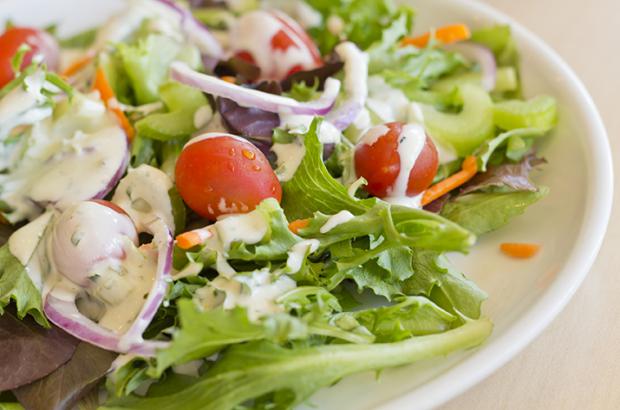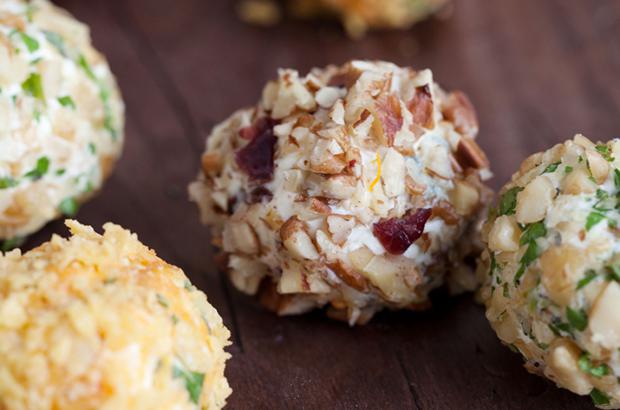Article
Jalapeno

Chili peppers aren't sweet, or sour, or salty or tangy—they're just hot. And for whatever the reason, we enjoy inflicting a little pain on our taste buds now and then. If you crave a little heat in your food, you're surely familiar with the jalapeño, American's most popular chili pepper.
Originating in Mexico, jalapeños are named after the Veracruz town of Xalapa, or Jalapa. It's estimated that over 200,000 pounds of the seed is planted in Mexico each year. Jalapeños are easy to grow in temperate climates, and the main commercial producers are Mexico, southern New Mexico, and western Texas. China, Peru, India and Spain also produce jalapeños.
Two to four inches long with a thick-walled, smooth flesh, the heat of jalapeños—like all peppers—is measured in Scoville heat units (SHU). Jalapeños measure 2,500 to 8,000 heat units, from relatively mild to moderately hot—though not nearly as hot as the hottest chili pepper, the Carolina Reaper, which measures 1.56 million SHU.
Jalapeños are a good source of vitamin E, thiamin, folate, pantothenic acid and magnesium. They're also a very good source of dietary fiber, vitamin A, vitamin C, vitamin K, vitamin B6 and vitamin E.
Like sweet peppers, jalapeños are Capsicum annuums. They can be eaten while still green, or yellow, orange and ripe and red. Varieties include Agriset, Billy Biker, Conchos, El Jefe and Delicias. There's even a variety called Fooled You, which is a hybrid containing no heat. A chipotle is a ripe, smoked jalapeño.
You'll find fresh jalapeños in the produce section, and they're also available pickled and canned.
As far as chilies go, jalapeños vary in heat from average to hot. Keep in mind that most of the heat is in the seeds and membrane surrounding the seeds—so add more or less of this part of the pepper, to taste. And take care to keep your hands away from your eyes and nose while working with jalapeños, because those are two places you don't want to feel the heat!
Use these hot little peppers in Mexican fare, like tacos and nachos, but try them in unexpected places, too, like your morning omelet or otherwise-standard macaroni and cheese dish.
Jalapeños are an easy way to add heat to dips, sauces, marinades, chutneys, jams and dressings. Ginger often accompanies them, as in this whir-in-the-blender Ginger Jalapeño Dressing—perfect for a green or cucumber salad or atop fish. Garlic and lime are good partners for jalapeños, too. Try this Chili Lime Shrimp for evidence.
Hot peppers partner perfectly with other seasonings, like the chili powder, cumin and thyme used to spice up these Spicy Sweet Potato Wedges with Jalapeño Sour Cream and the warm spices in these black-eyed pea Jamaican Bean Burgers. Curry blends often rely on jalapeños for zest. Saag Aloo, for example, is an Indian curry dish featuring an array of curry spices, jalapeños, spinach and potatoes, while quick-to-assemble Chana Masala highlights garbanzo beans with a similar curry blend.
Salsas benefit from the appearance of jalapeños, too. Fish Tacos with Grapefruit Salsa features a lively salsa with fresh cilantro, garlic and jalapeños. And Grilled Chicken with Mango Salsa creatively combines cooling mango with hot jalapeños and cumin for serving with chicken; this salsa would be delicious with any fish dish or enchiladas. Top grains and beans with a salsa, and you've got yourself a satisfying main dish. Make the salsa hot and citrusy—as in Rice and Beans with Orange Kiwi Salsa—for unexpected delight.
Jalapeños peak in summer but are available year round. Choose firm, plump peppers with shiny skin.
Small brown lines or scars on the pepper are called "corking." While these lines don't appeal to many U.S. shoppers, others look for them because peppers grown in conditions that cause corking are also often hotter than perfectly smooth-skinned jalapeños.
Refrigerate jalapeños in a paper bag for up to two weeks.












